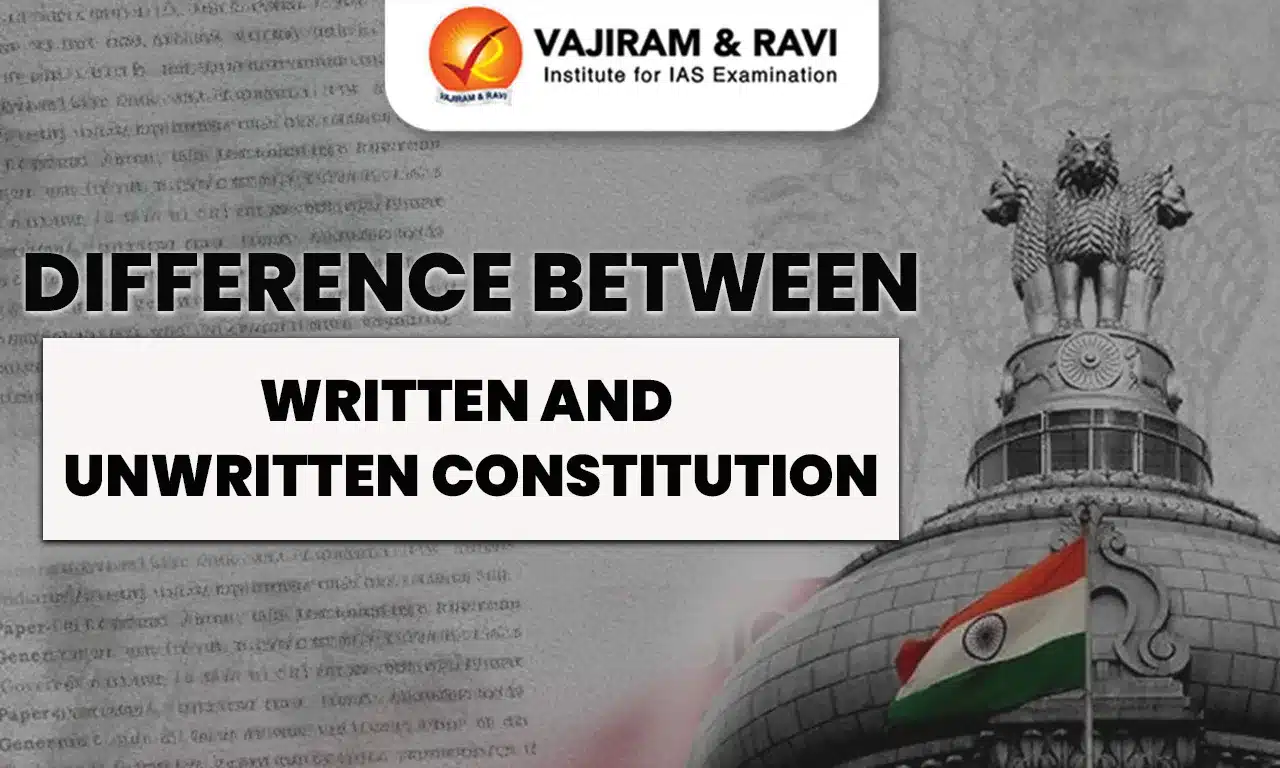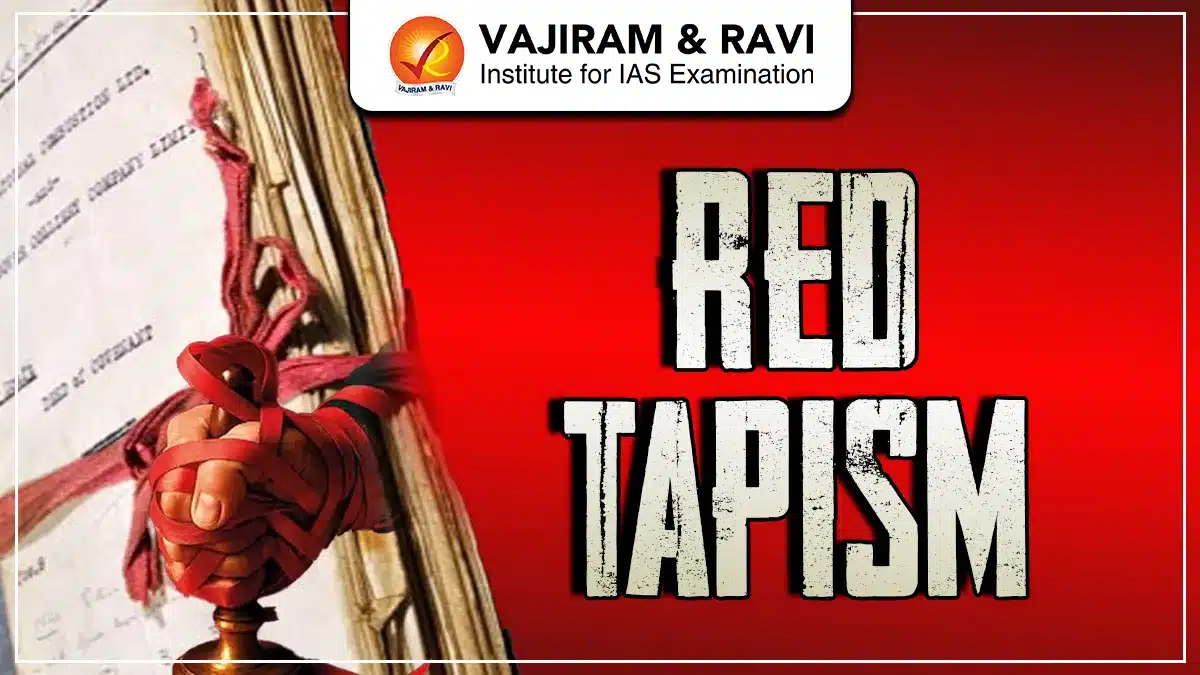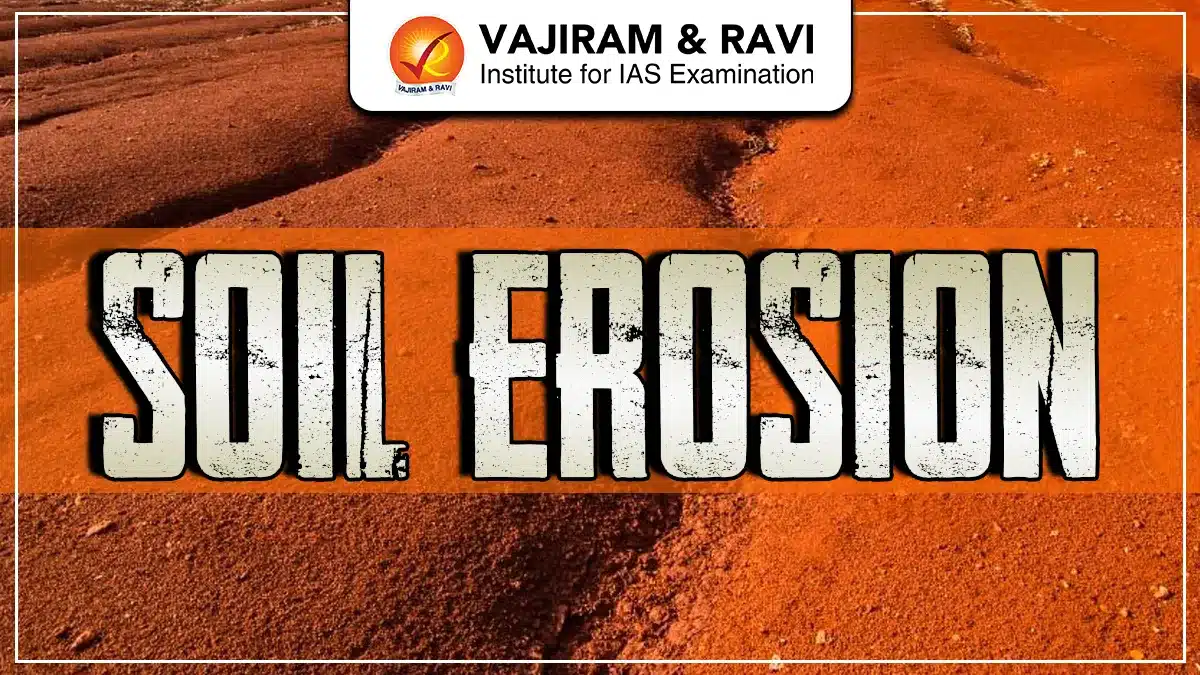A Constitution is the supreme law of a country, defining the framework of government, distribution of powers, and rights of citizens. Constitutions can be broadly classified into two categories, Written and Unwritten. These terms reflect how the constitutional laws and principles are recorded, codified, and practiced.
Both Written and Unwritten Constitution serve the same purpose, providing a framework for governance and the rule of law. However, their structure, flexibility, and application vary significantly. While Written Constitutions offer clarity and codification, Unwritten Constitutions provide flexibility and evolution through practice and convention.
Written Constitution
A Written Constitution is a formally documented legal framework that consolidates all fundamental principles, laws, and structures governing a state. It clearly outlines the responsibilities and rights of both the government and its citizens, the nature of the constitutional order, and the legal framework regulating the functioning of the system. Such constitutions are generally flexible, allowing for amendments to accommodate changing socio-political needs. The judiciary enjoys greater authority under a Written Constitution and can exercise judicial review to ensure that laws and actions conform to constitutional provisions.
Key Features
- Codified and documented in a single or consolidated format.
- Created through a deliberate process, often by a constituent assembly.
- Easier to interpret and refer to in courts and governance.
- Rigid or flexible, depending on the amendment process.
- Examples: India, the United States, France, Japan.
India follows a Written Constitution, the lengthiest in the world, adopted in 1950. It was framed by the Constituent Assembly and provides clear rules for governance, rights, and federal structure.
Also Read: Difference between Fundamental Rights and Directive Principles of State Policy
Unwritten Constitution
An Unwritten Constitution is not codified in a single document. Instead, it consists of customs, conventions, judicial decisions, statutes, and other legal documents that have evolved over time.
Key Features
- Not consolidated in a single formal document.
- Evolves over time through precedents and practices.
- Greater flexibility and interpretation by courts and Parliament.
- Depends heavily on traditions and historical documents.
- Examples: United Kingdom, New Zealand, Israel (partially).
The UK follows an Unwritten Constitution, derived from sources like the Magna Carta, common law, parliamentary statutes, and political conventions. There is no single written document called “The Constitution of the UK.”
Difference Between Written and Unwritten Constitution
The Constitution of a country outlines the fundamental legal framework that governs its political and legal systems. Constitutions can broadly be classified into two types: Written and Unwritten Constitution. A Written Constitution is codified in a single legal document, clearly laying down the structure of governance, distribution of powers, and citizens’ rights. On the other hand, an Unwritten Constitution is not contained in a single document but is derived from customs, conventions, judicial decisions, and legislative enactments. The following table highlights the key Difference Between Written and Unwritten Constitution based on various aspects.
| Difference Between Written and Unwritten Constitution | ||
| Aspect | Written Constitution | Unwritten Constitution |
|
Definition |
Codified and documented in a formal written format |
Not codified; based on customs, laws, and judicial rulings |
|
Origin |
Created by a constituent assembly or body |
Evolves historically over time |
|
Structure |
Systematic, structured, and accessible |
Dispersed and scattered among multiple sources |
|
Flexibility |
Can be rigid or flexible, based on amendment provisions |
More flexible; changes through practice and precedent |
|
Example Countries |
India, USA, France, Japan |
UK, New Zealand, Israel (partially) |
|
Clarity and Certainty |
Provides clear framework of governance |
Can lead to ambiguity in interpretation |
|
Role of Judiciary |
Interpretation based on codified law |
Relies on judicial precedent and conventions |
Key Points to Remember
- India has a written constitution, comprehensive and detailed.
- The UK follows an unwritten constitution based on traditions and statutes.
- A written constitution provides clarity, while an unwritten one offers flexibility.
- Judicial interpretation plays a larger role in countries with Unwritten Constitution.
- The amendment process is usually more structured in the Written Constitution.
Last updated on January, 2026
→ Check out the latest UPSC Syllabus 2026 here.
→ Join Vajiram & Ravi’s Interview Guidance Programme for expert help to crack your final UPSC stage.
→ UPSC Mains Result 2025 is now out.
→ UPSC Notification 2026 is scheduled to be released on January 14, 2026.
→ UPSC Calendar 2026 is released on 15th May, 2025.
→ UPSC Prelims 2026 will be conducted on 24th May, 2026 & UPSC Mains 2026 will be conducted on 21st August 2026.
→ The UPSC Selection Process is of 3 stages-Prelims, Mains and Interview.
→ UPSC Result 2024 is released with latest UPSC Marksheet 2024. Check Now!
→ UPSC Toppers List 2024 is released now. Shakti Dubey is UPSC AIR 1 2024 Topper.
→ Also check Best IAS Coaching in Delhi
Difference Between Written and Unwritten Constitution FAQs
Q1. What is a written constitution?+
Q2. What is an unwritten constitution?+
Q3. Is India’s Constitution written or unwritten?+
Q4. Why is the UK’s constitution called unwritten?+
Q5. Which type of constitution is easier to amend?+

















